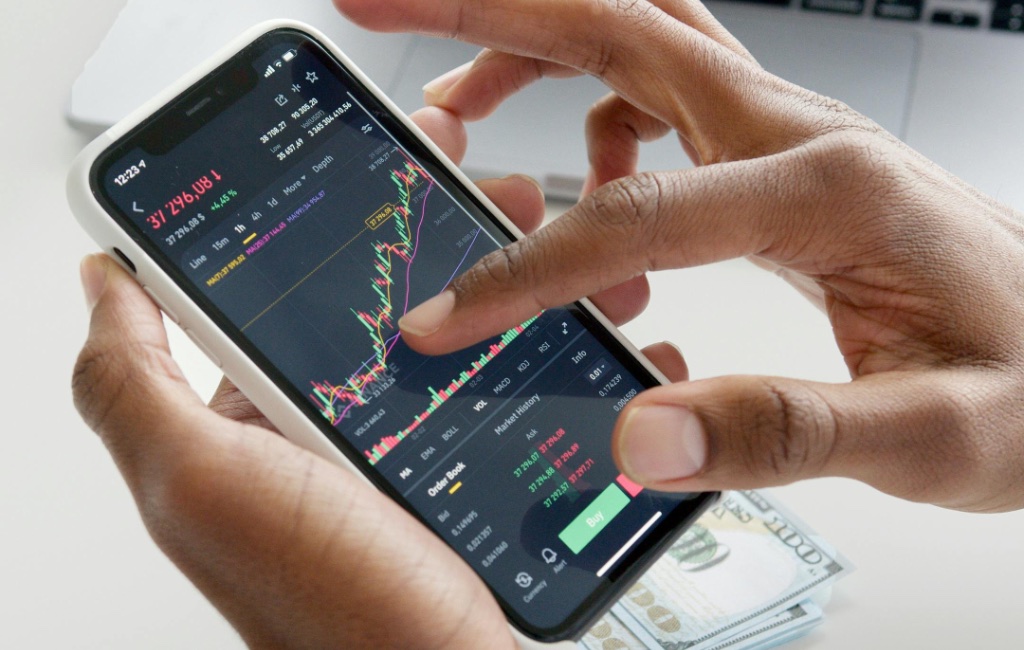
01 Apr Opportunities Given Current Market Valuations – 2024 Q2 Commentary
Morris & Wells clients have enjoyed a wonderful 17 month rise in our stock portfolio through the end of March 2024. The question on many peoples’ minds seems to be, “are we due for a pull back?” The answer is that we will inevitably see a pullback and several more pullbacks in your lifetime. If you have cash flow needs, we should discuss and plan around those using less volatile assets than stocks. However, is the inevitable pullback in global stock markets around the corner or further off into the future?
We answer the latter question by saying that over the last 17 months valuations have risen. We continually update Graph 1, and it looks a bit different than six months ago. As you can see below, the forward price-to-earnings (P/E) ratio for the S&P 500, driven by large technology companies, does continue to look extended compared to its 20 year average. S&P mid-sized companies as well as small-sized companies still look at or below their 20 year averages. However, the big change is that the S&P 500 Equal Weight forward P/E valuation has moved above the 20 year average. That means that the average company in the S&P 500 has started to participate in the market rally. We will keep an eye on this, but we would suggest that the broader market (outside of the concentration of large technology companies) does not seem excessively overvalued yet.

Another measure of valuation, provided by Longview Economics below in Graph 2, illustrates the Median US company P/E finds itself at about the 25 year average. The median measure accounts for large distortions on either end of the sample that pull averages either up or down. We would suggest that this measure of Median P/E more closely represents the P/E of a randomly chosen US company than the P/E of the S&P 500 in Graph 1, above. You can see the US Median P/E sits significantly below the speculative high of fall 2021. This measure seems to corroborate that the broader market (outside of the concentration of large technology companies) does not seem excessively overvalued yet.

Another measure of excessive valuation can be found in Fidelity’s measure of non-profitable technology companies and their stock market performance. Typically, in a speculative market, many lower quality companies’ stocks would have rallied as investors seek returns in stories about future earnings rather than in companies earning strong returns today. Graph 3, below, illustrates that although large technology companies’ stocks have gone up over the last 17 months, the non-profitable, more speculative, technology companies’ stocks have not participated in the market rally. This indicates to us that broader speculation within the stock market has been checked for now. If M&W does not invest in these poorer quality businesses and we only have limited exposure to mega-sized technology companies, where are we investing today?
When we invest with a three to five year time horizon for a given investment and a 50%-100% return expectation, we need to make that purchase before the start of a stock’s move up. Over the last 17 months of strong returns for the portfolio we have attempted to participate in current market and economic themes like Artificial Intelligence and Cybersecurity. However, we have also tried to position the portfolio in investment ideas whose stocks have not moved yet. Graph 4, below, shows that much of America’scapital stock has aged significantly. The average life for US infrastructure assets reached the highest average age since the end of World War II. We recognized the possibility for this sort of investment and since early 2023 have looked for investments, whose stock prices had not moved significantly up yet, connected to this theme.

As a result of the above analysis, we own several companies in the portfolio connected to building, infrastructure, and materials. If demand for US capital stock does increase, the portfolio should benefit. Similarly, we own shares of companies that will do well if the US continues to experience economic growth and low unemployment.

At the time of writing, those conditions remain firmly in place. We also purchased the shares referenced above at valuations that we do not find demanding, even if the US economy slowed a bit. We continue to look for more opportunities like what we have described above – our favorite combination includes both operational growth and reasonable stock valuation.
If you have any questions about the above or anything else, please contact us. We appreciate our relationship with you and want to know whether you have experienced any changes in your life that we can address together.



Sorry, the comment form is closed at this time.